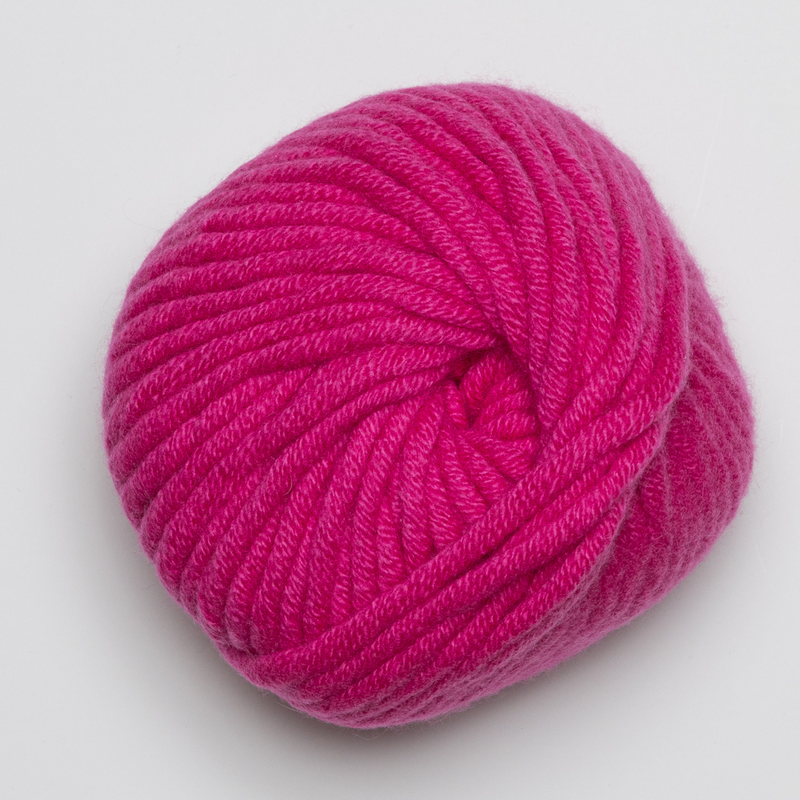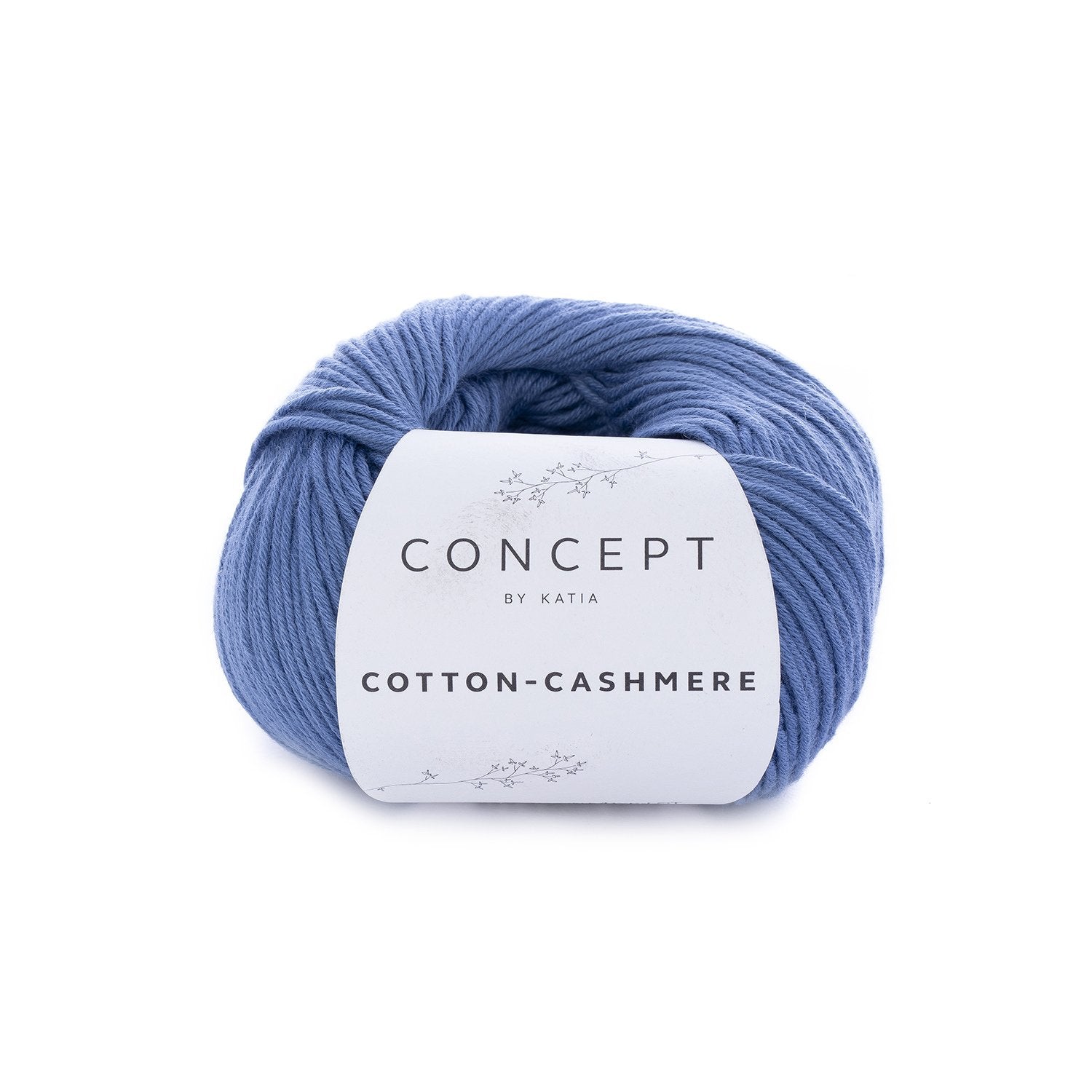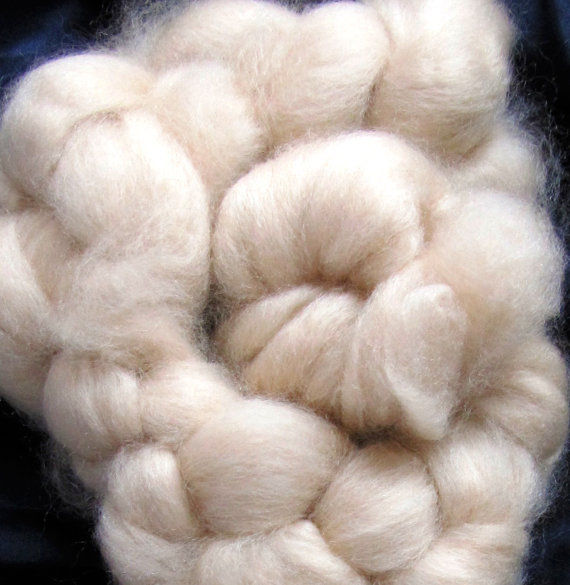What Is Cashmere and Why It’s Regarded One of the Softest Fabrics in the World
What Is Cashmere and Why It’s Regarded One of the Softest Fabrics in the World
Blog Article
Reasons You Must Need Cashmere an All-natural Fiber for Convenience and Style in Everyday Put On
In the realm of textiles, few fibers equal the high-end and convenience of cashmere. This special product, understood for its remarkable softness and insulation, offers unmatched comfort and style for day-to-day wear. But what establishes it besides other fibers? How does it impact the setting and how does it compare to synthetic alternatives? Moreover, exactly how can one best use cashmere to boost their design? These interesting inquiries lay the foundation for an informing expedition right into the globe of cashmere.
Understanding the Luxurious Nature of Cashmere

Assessing the Comfort Aspect of Cashmere Garments
Cashmere's unique fiber framework permits for breathability, regulating temperature and avoiding getting too hot. Cashmere's hypoallergenic residential properties also add to its comfort, making it a suitable option for delicate skin. In significance, the convenience of cashmere is acquired from its softness, breathability, toughness, hypoallergenic nature, and versatility.

The Environmental Effect and Sustainability of Cashmere
While the comfort and sophistication of cashmere are undoubtedly appealing, it's similarly crucial to consider its partnership with the environment. Cashmere manufacturing, mainly in Mongolia and China, includes raising cashmere goats, which can dramatically strain breakable meadow ecosystems because of overgrazing. This can cause desertification, a pushing environmental problem. The handling of cashmere, involving cleaning and dyeing, can also contribute to water contamination if not effectively managed. Efforts are being made to establish lasting cashmere manufacturing approaches, such as rotational grazing and cleaner handling techniques. While cashmere has ecological effects, its sustainability mostly depends on manufacturing methods.
Contrasting Cashmere to Artificial Fibers: A Cost-Benefit Evaluation
Despite its environmental difficulties, cashmere presents a distinct set of benefits over artificial fibers. Cashmere's natural fibers supply unrivaled softness and warmth, translating into convenience that synthetic fibers have a hard time to match. Unlike artificial fibers, cashmere doesn't click to find out more add to microplastic pollution, making it an extra sustainable selection.
Designing Tips With Cashmere for Everyday Sophistication
Having taken into consideration the cost-benefit evaluation of cashmere compared to synthetic fibers, it ends up being clear why this luxurious material is a favored selection for several. When styling cashmere for day-to-day sophistication, simpleness is essential. A cashmere sweater, for example, can be coupled with customized trousers or a sleek skirt for a chic, put-together look - cashmere fibre. For a much more informal ensemble, a cashmere cardigan used over a basic tee and jeans emanates easy style. Devices can further boost the look: a statement pendant or headscarf can add a pop of shade to a neutral cashmere item. Inevitably, the intrinsic beauty of cashmere makes it a functional enhancement to any kind of wardrobe, easily boosting daily outfits with a touch of luxury.

Verdict
In enhancement, cashmere's sustainability and lower ecological effect compared to synthetic fibers additionally boost its charm. Investing in official site cashmere garments is a beneficial decision for comfort, sustainability, and design.

Report this page